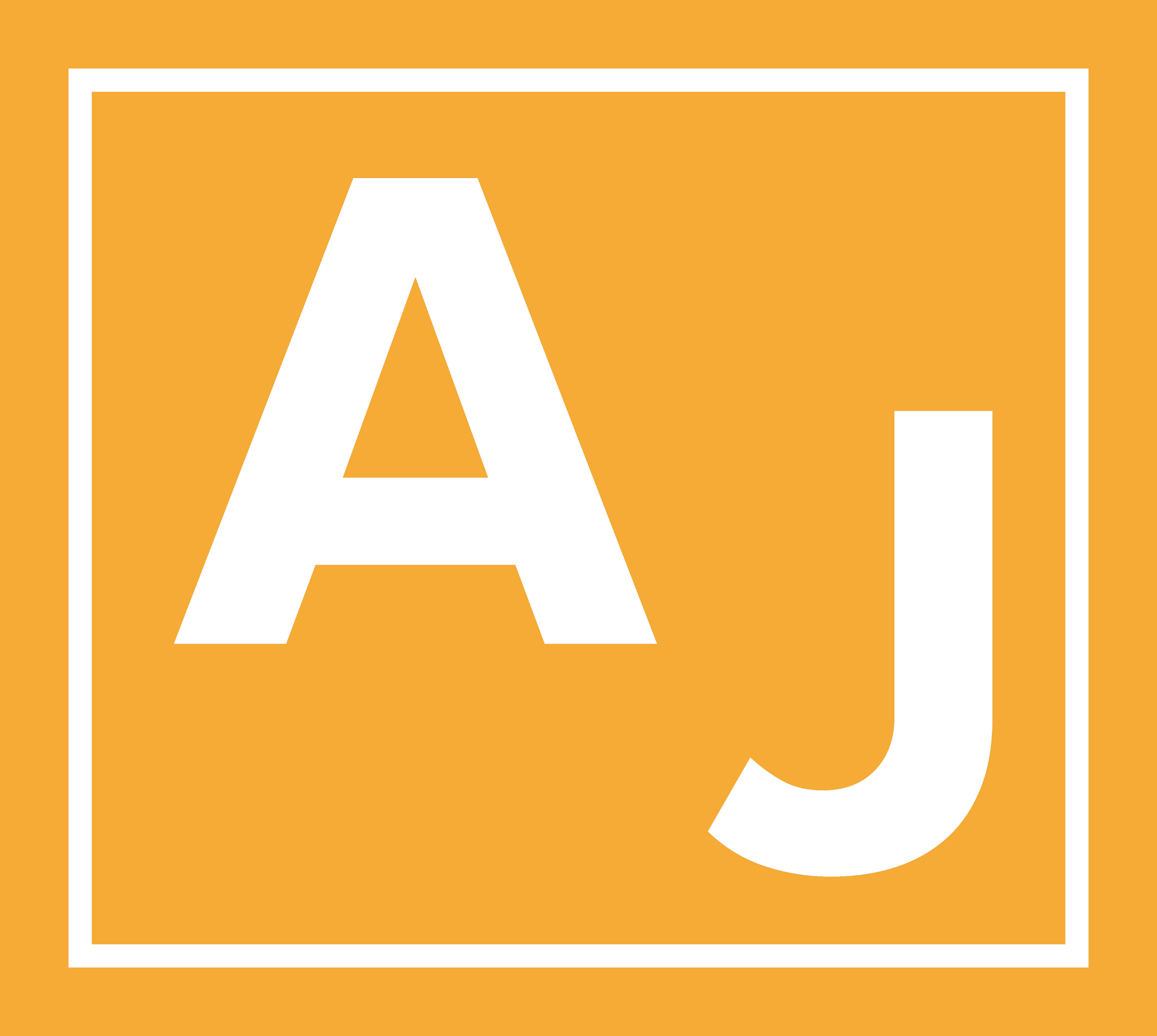The sixth and final lecture in the lecture series Digital Media in Politics and Society is online. It is available here and wherever you get your podcasts.
Link to script:
http://http://digitalmedia.andreasjungherr.de/docs/arena/arena_intro.html
Democratic societies need spaces in which people and political elites become visible to each other, develop shared agendas, and settle on collectively binding decisions. These spaces are the public arena.
The digital transformation of the public arena is one of the most important challenges democratic societies face today. Associated opportunities and hopes, but also dangers and fears, feature prominently in public discussions. In this and the following three episodes, we will discuss the public arena, its democratic functions, and challenges introduced by digital media. This discussion is just getting started, so be prepared to leave with more questions than answers.
Chapters:
00:00 – Introduction
00:22 – The public arena
03:32 – The public arena defined
11:06 – The functions of the public arena for democracy
14:46 – Visibility and representation
17:22 – Group formation
18:52 – Problem solving
21:54 – Conclusion
In this episode, we discuss the impact of digital media on one of the most important structures hosting the public arena, the news media.
From the eighteenth century onward, news media have been crucial structures hosting the public arena in Western societies. They provided information, made elites visible to publics, and publics visible to elites and to each other. In this, they never functioned without fault or were completely free from power structures in society. Their role, beneficial and detrimental, in hosting the public arena and serving democracy over time and in different countries has been well established. But for our purposes here, we will focus on three features of news media that matter strongly for the contemporary public arena:
Chapters:
00:00 – Introduction
00:22 – News media as structures of the public arena
01:14 – News media as institutions
09:23 – Economic foundations of the news
16:23 – Alternative news media in the public arena
23:24 – Conclusion
Digital media have not only challenged the position of traditional structures of the public arena. Digital media have also led to the emergence of new structures hosting the contemporary public arena in digital communication environments. In this episode, we discuss some of the most pressing challenges raised by the digital extension of the public arena.
This includes sites like Facebook, Instagram, TikTok, Twitter, and YouTube that allow people and competitors within the public arena to publish information and to reach large audiences. But this also includes companies that provide the means for people to run their own sites contributing information and commentary to the public arena. This includes services that allow the comparatively cheap hosting of sites or Apps – like Amazon Web Services – allowing people to run their own sites. Or services that provide them with the opportunity to monetize information or services – like PayPal or Patreon. Also services facilitating the hosting of digital ads contribute to the digital extension of the public arena. Digital ads contribute to the monetization of sites by allowing the owner to host ads and get payed for impressions and clickthroughs. They also support the new structures by allowing their owners to run ads themselves and create easy access points to their sites and information on sites like Facebook, Google, or Twitter, where their information might otherwise not have been able to reach an interested public.
These new structures are important for the new digitally extended public arena. But in their characteristics they deviate from structures that formerly hosted the public arena, news media, and follow different rules. This raises challenges in developing normative goals and binding governance rules assuring their contribution to the public arena strengthens instead of weakens it.
Chapters:
00:00 – Introduction
00:20 – Digital structures of the public arena
02:21 – Responsibilities of digital structures for the public arena
10:08 – Algorithmic shaping of user behavior in the public arena
17:12 – Geopolitics of digital structures
24:32 – Conclusion
In this episode, we look at three studies illustrating how to approach different aspects of the contemporary public arena empirically.
The public arena is a crucial element of democratic societies, linking communication to political competition and democratic representation. It comes as no surprise then to find that the concept has inspired massive research activity. The digital transformation of the public arena has featured very prominently in recent research. The diversity of interests, approaches, and methods in studies on the contemporary digitally extended public arena mirrors the richness of the concept and its related areas.
To get a better sense of different approaches by which to examine the contemporary public arena empirically, we now turn to three studies that address related questions.
Chapters:
00:00 – Introduction
00:21 – The public arena examined
01:44 – Limits to attention
07:19 – Digital shaping of behavior
13:23 – Contesting narratives
19:36 – The contemporary public arena
24:16 – Conclusion
Link to podcast site:
https://tech-and-politics.letscast.fm
Link to YouTube Channel:
https://www.youtube.com/channel/UCNyEFI8ZU5LUC-04pNoTcOw/featured
